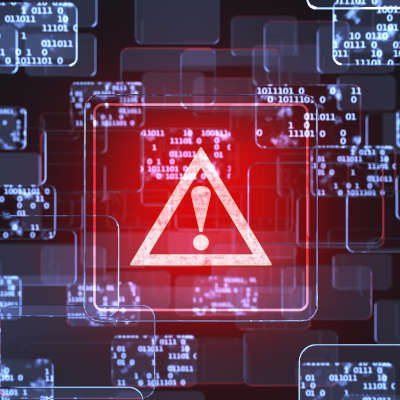Cybersecurity is one aspect of running a business that absolutely cannot be underestimated in its importance. It doesn't matter if you’re a huge enterprise or a small business; if you don’t take cybersecurity seriously, there is a very real possibility that your organization could be threatened in the near future. The easiest way to ensure your business’ continuity is to develop an internal culture of cybersecurity, and it starts from the top-down with you, the boss.
Customer Login
Latest Blog
Contact Us
Learn more about what Atech MSP can do for your business.
Atech MSP
3434 Truxtun Ave Suite 250
Bakersfield, California 93301





















